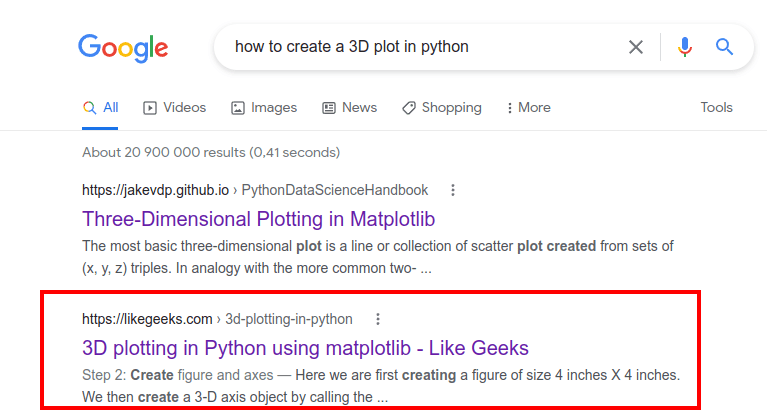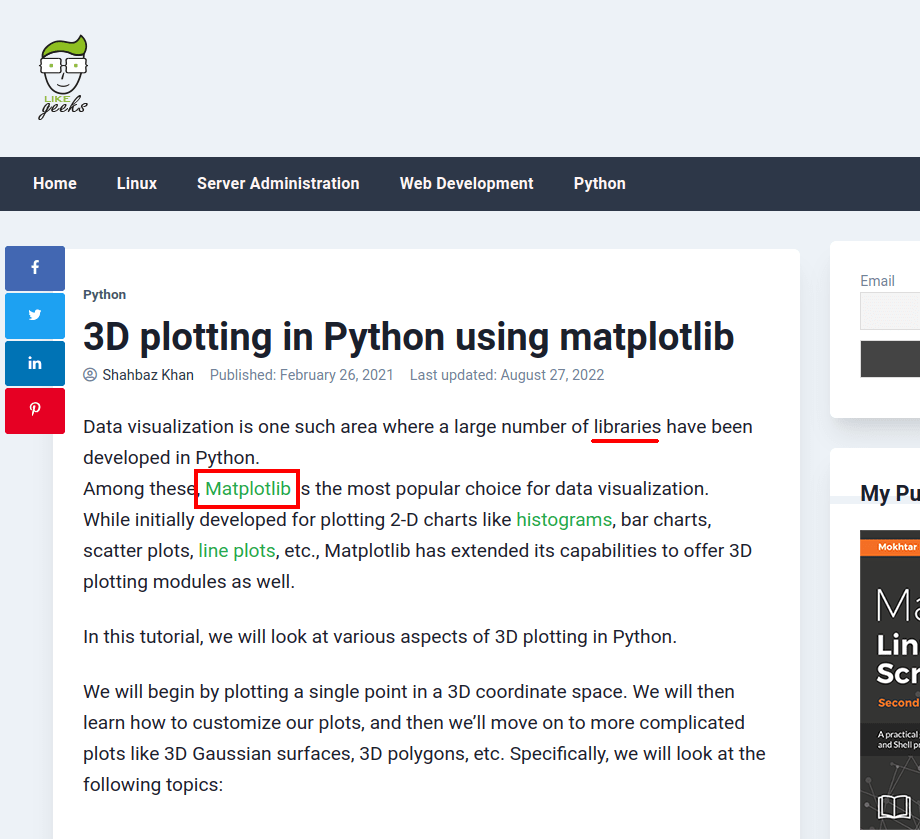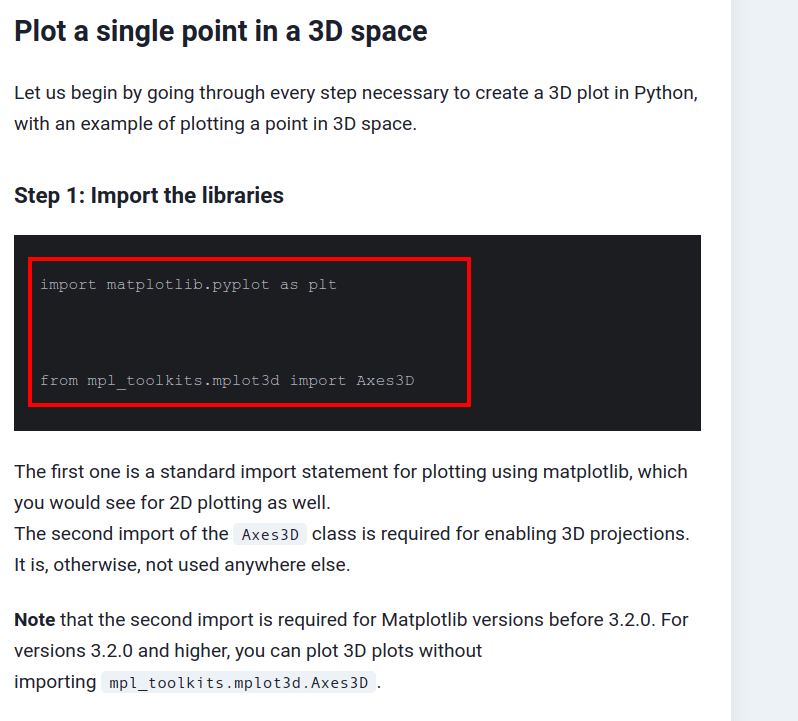Programming is a time-consuming task. Putting together even something really basic takes a long time. One of the key parts of becoming an efficient programmer is the ability to use existing solutions to your advantage.
This is where libraries come in handy.
A programming library is a collection of useful resources for developers. In most cases, this refers to existing code solutions a developer can easily reuse.
When using a library, the developer doesn’t have to build everything from scratch. Instead, the pre-written existing functionality gets you a nice head start. Without libraries, software development would be really slow and inefficient.
Big software projects can use hundreds or even thousands of external libraries to streamline the coding process.
One practical example of using a library could be user authentication. Imagine building an online store application where users need to log in. Usually, the best way to do this reliably is by using an existing authentication library instead of trying to write the complicated authentication code yourself.
How Do Developers Use Libraries?
Developers use libraries all the time. To build software at scale, using external libraries is inevitable.
There are millions of libraries out there. Each programming library is intended to solve a specific problem in a particular niche. For example, a library could provide you with code solutions for:
- User authentication
- Data visualization
- Animations and interaction
- Networking
And much more.
Can You Code Without Libraries?
Sure, but not at scale!
Back in the day when I started programming, it felt awesome to build everything from scratch line by line. When I first heard about libraries, I was a bit disappointed. I had thought all programs and apps are built from complete scratch. I even thought maybe I could be a developer that never uses external libraries and solutions. But quickly I figured it was infeasible.
For sure, you can build entry-level example programs without libraries. But sooner or later you’ll notice how impossible coding becomes without quality libraries.
These days, programming or software development is all about combining existing solutions.
For example, you might build a sports-tracking application with the help of:
- Authentication library for creating and managing users.
- Data visualization library for plotting the user’s sports progress.
- Map library for tracking paths and navigation.
- Payment library for paid pro features.
- Notification library to send user notifications and reminders.
With the help of libraries like this, you can build the sports tracking app more reliably and save time. You can only imagine how difficult building this kind of feature set would be without libraries. Even as an experienced developer, you would probably mess up the authentication side badly.
Library vs Framework
You may also have heard about the framework which is a closely related term to libraries. Sometimes these two are used interchangeably, but there is a clear difference.
- A library focuses on solving a specific problem with functions and objects developers can easily reuse. With a library comes a lot of flexibility. You can write custom code and components as you need.
- A framework offers a blueprint for creating a specific type of program. Frameworks also come with pre-built components that are wired to work in a certain way. A developer is constrained to work within the preset architecture or design.
The difference between a library and a framework is also easy to understand by using a real-life analogy.
- A framework is like a physical framework of a house. It stands as a strong foundation of the house and leaves no room for customization.
- The library is like the decor and furniture that goes inside the house. You can choose all sorts of decor and furniture solutions and arrange them in a way that makes the house look nice.

How to Find Libraries?
So, using libraries as a programmer is inevitable. But how can you find the best libraries for your needs?
There are literally millions of libraries for different programming languages and purposes. But finding these libraries is not tricky. All you need to do is Google up for them.
For example, if you want to create a 3D plot in Python, you can search Google for “3D plotting libraries Python” or simply just “How to create a 3D plot in Python”.
Let’s perform an example search just to demonstrate how it usually plays out. Let’s open up the second article as it looks promising.


Then, let’s take a look at the content.


Right off the bat, the author tells that there are loads of data visualization libraries in Python. In the second sentence, the author mentions Matplotlib, which is a popular Python plotting library.
But here is the problem you will almost always find. The guide doesn’t show how to install the library nor does it mention the installation. Instead, it assumes you have the experience to read it between the lines. So, the guide jumps straight into using the library:


To be honest, it’s a fair assumption that the reader is experienced enough to know that the library needs to be installed. But if you are a beginner programmer, this will cause a lot of headaches for sure. Almost all tutorials and articles do this, so it’s something you have to learn over time.
Luckily, installing a library is not a big deal. For instance, in Python, all you need to do is run one command (that you get from the installation page) and you’re all set. Also, you can always ask Google how to install a particular library.
Conclusion
Today you learned what is a programming library.
To take home, a library is a container full of useful reusable code solutions. With a library, a programmer needs to spend less time reinventing the wheel. Instead, the developer can reuse pre-written code and save time.
Using external libraries is a must if you want to write software at scale.
Programming is all about combining existing code solutions to form new ones. This is what libraries are for. Without libraries, you’d have to write everything from scratch. This would make software development infeasibly slow.
Basically, every programming language supports external libraries. There are countless useful libraries for different programming languages. Thanks to the big developer community, installing and using a library is usually very easy. All you need to do is find a quality tutorial and follow along.
Thanks for reading! Happy coding!